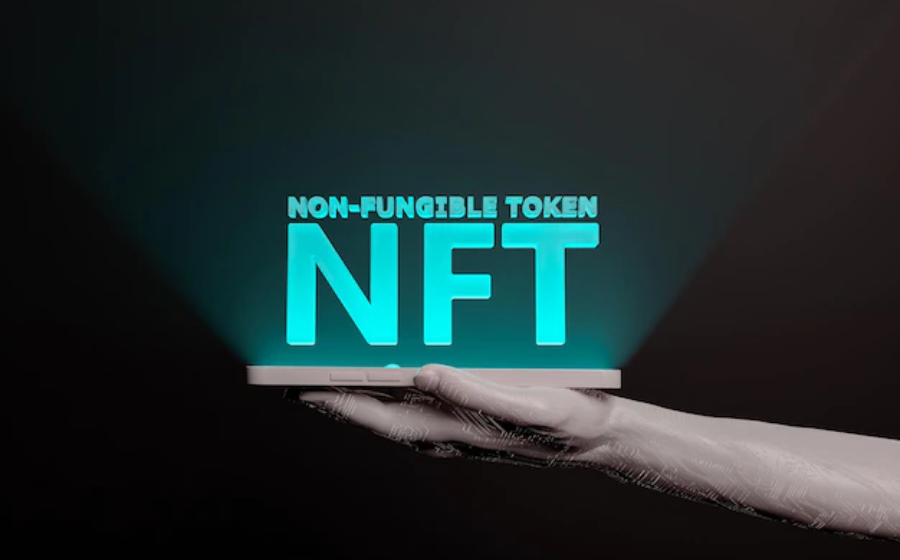In recent years, non-fungible tokens (NFTs) have emerged as a new way of buying, selling, and owning digital assets.
NFTs are unique digital tokens that represent ownership of a specific piece of content, such as artwork, music, or even tweets.
As NFTs gain in popularity, social media platforms like Twitter and TikTok have begun to explore ways to integrate them into their platforms.
Twitter and NFTs
Twitter is one of the most popular social media platforms in the world, with millions of users tweeting every day.
In March 2021, Twitter CEO Jack Dorsey made headlines when he auctioned off his first tweet as an NFT, selling it for over $2.9 million. The tweet, which reads “just setting up my twttr,” was the first-ever tweet posted on the platform in 2006.
Following Dorsey’s sale, Twitter has continued to explore ways to incorporate NFTs into its platform. In June 2021, Twitter announced a new feature called “Tip Jar,” which allows users to send and receive money through the platform.
While Tip Jar does not currently support NFTs, it’s not hard to imagine a future version of the feature that allows users to tip each other with NFTs representing digital art, music, or other content.
TikTok and NFTs
TikTok is a social media platform that has taken the world by storm in recent years, with millions of users sharing short-form videos every day.
In September 2021, TikTok announced a partnership with the NFT platform Sweet, allowing TikTok creators to sell NFTs directly to their fans. The first TikTok NFT sale took place in October 2021, when a user named “Jumpman” sold an NFT of one of his videos for 7.5 Ether (approximately $25,000 at the time of sale).
The partnership between TikTok and Sweet is just the beginning of what could be a major trend in the world of social media and NFTs. As more and more creators seek to monetize their content, NFTs could provide a new way to sell and own digital assets.
Challenges and opportunities
While the intersection of NFTs and social media presents many opportunities, there are also some challenges to consider. One of the biggest challenges is the potential for fraud and scams.
Because NFTs are still a relatively new technology, there are some bad actors out there looking to take advantage of unsuspecting buyers.
Another challenge is the environmental impact of NFTs. Because NFTs are built on blockchain technology, they require a significant amount of energy to create and distribute.
Some critics have raised concerns about the carbon footprint of NFTs and the impact they could have on the environment.
Despite these challenges, the intersection of NFTs and social media presents many opportunities for creators and buyers alike.
NFTs provide a new way to own and sell digital assets, and social media platforms provide a built-in audience for creators looking to reach a wider audience.
Final Note
As NFTs continue to grow in popularity, it’s clear that social media platforms like Twitter and TikTok are taking notice.
While it’s still early days for NFTs on social media, the potential for these two technologies to intersect is huge.
From selling digital art to tipping creators, NFTs could provide a new way for social media users to engage with each other and the content they love.



